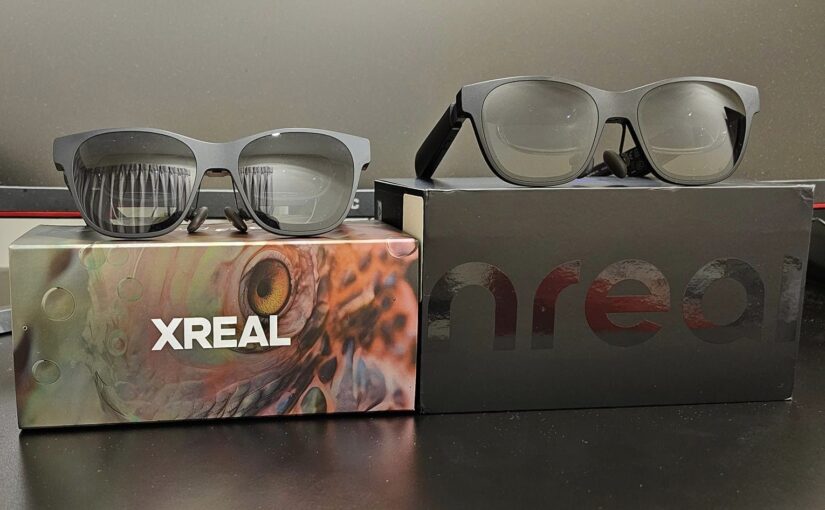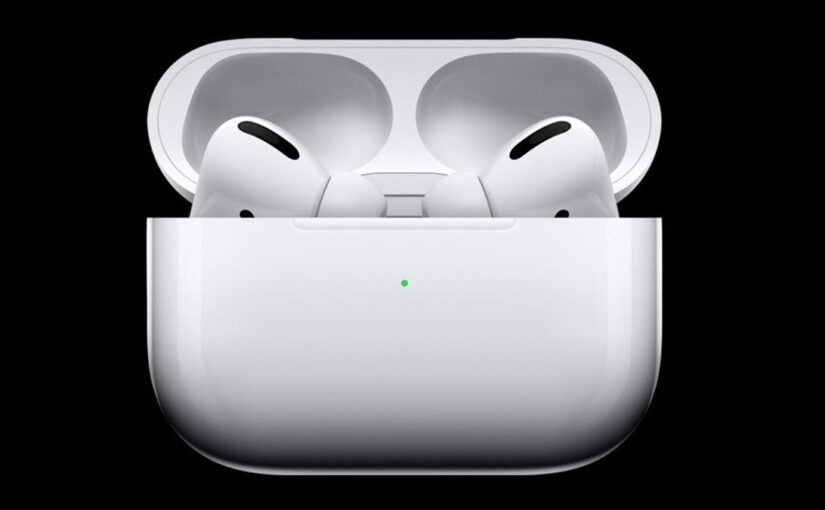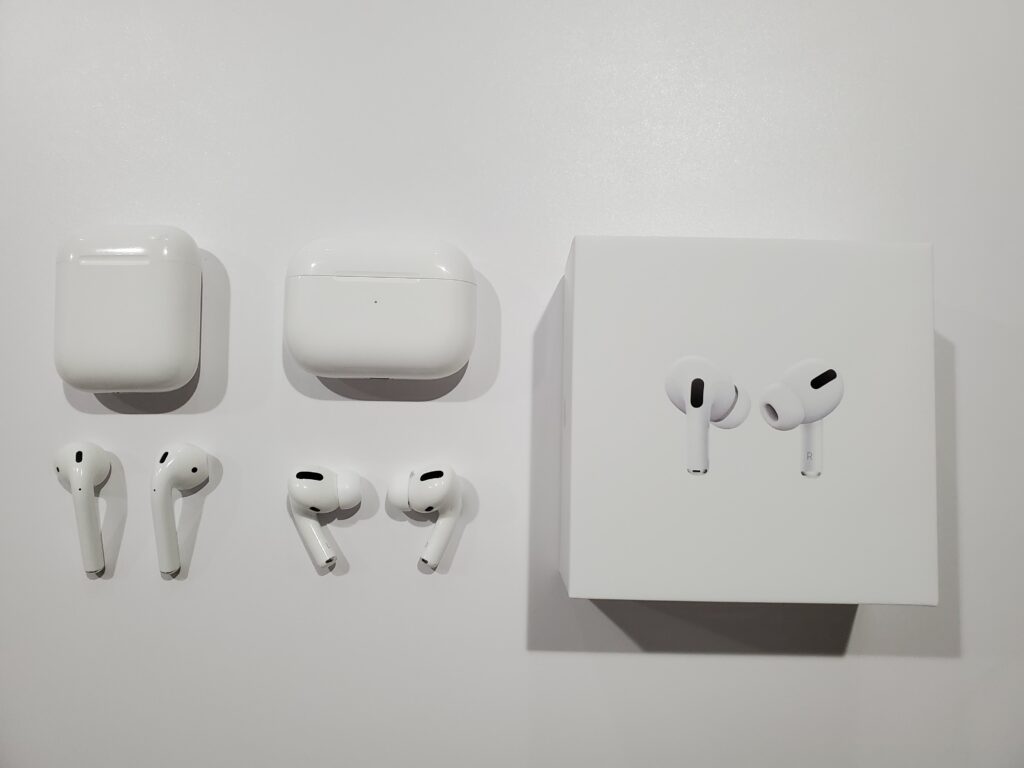AMD Algorithm Priority (Not Recommended)
- Install AMD Software Adrenalin Edition
- Enable HYPR-RX (a series of optimizations)
- Lower the game resolution from 1920×1080 to 1280×720, 1366×768, or 1600×900
- Ensure Radeon Super Resolution is enabled (upscaling/resolution)
- Ensure AMD Fluid Motion Frames is enabled (frame interpolation)
- Lower the TDP to achieve 60fps through frame interpolation; further reduce for non-action games
The above steps aim to run games at low frame rates, low resolution, and low TDP, and then use AMD technologies applicable to all games for frame interpolation and upscaling/resolution to achieve a minimum TDP operation of 1080p 60fps. The image quality will be worse than native 1080p 60fps, but it can improve battery life by about 20-40%.
Power Saving Priority
- Install AMD Software Adrenalin Edition
- Turn off CPU Turbo Boost
- Remove frame rate limits in games and other management software
- Enable custom mode
- Enable Radeon Chill
- Set the minimum FPS to 30 and the maximum FPS to 45-60
- Enable Radeon Image Sharpening (optional, adds filter to sharpen object edges)
The above steps use Radeon Chill to dynamically lock the frame rate, adjusting to the maximum FPS during intense action and to the minimum FPS when there is no action to save power. Radeon Super Resolution and Fluid Motion Frames cannot be enabled simultaneously with Radeon Chill. Additionally, the low-power Radeon Image Sharpening filter can be used to sharpen object edges and make the image look clearer.
Lossless Scaling Algorithm with Power Saving (Recommended)
- Install AMD Software Adrenalin Edition.
- Disable CPU Turbo Boost.
- Remove frame rate limits in the game and other management software.
- Enable custom mode.
- Enable Radeon Chill.
- Set minimum FPS to 30 and maximum FPS to 45-60.
- Install Lossless Scaling.
- Set the game to 1280×720 windowed mode.
- Enable Scaling Type.
- Enable Frame Generation.
The above steps use the Lossless Scaling software to replace Radeon Super Resolution and Fluid Motion Frames. It enables Radeon Chill and simultaneously uses the superior Lossless Scaling algorithm for frame interpolation and upscaling /resolution. This achieves a better gaming experience and battery life compared to the AMD Algorithm, making it the recommended choice for users.



